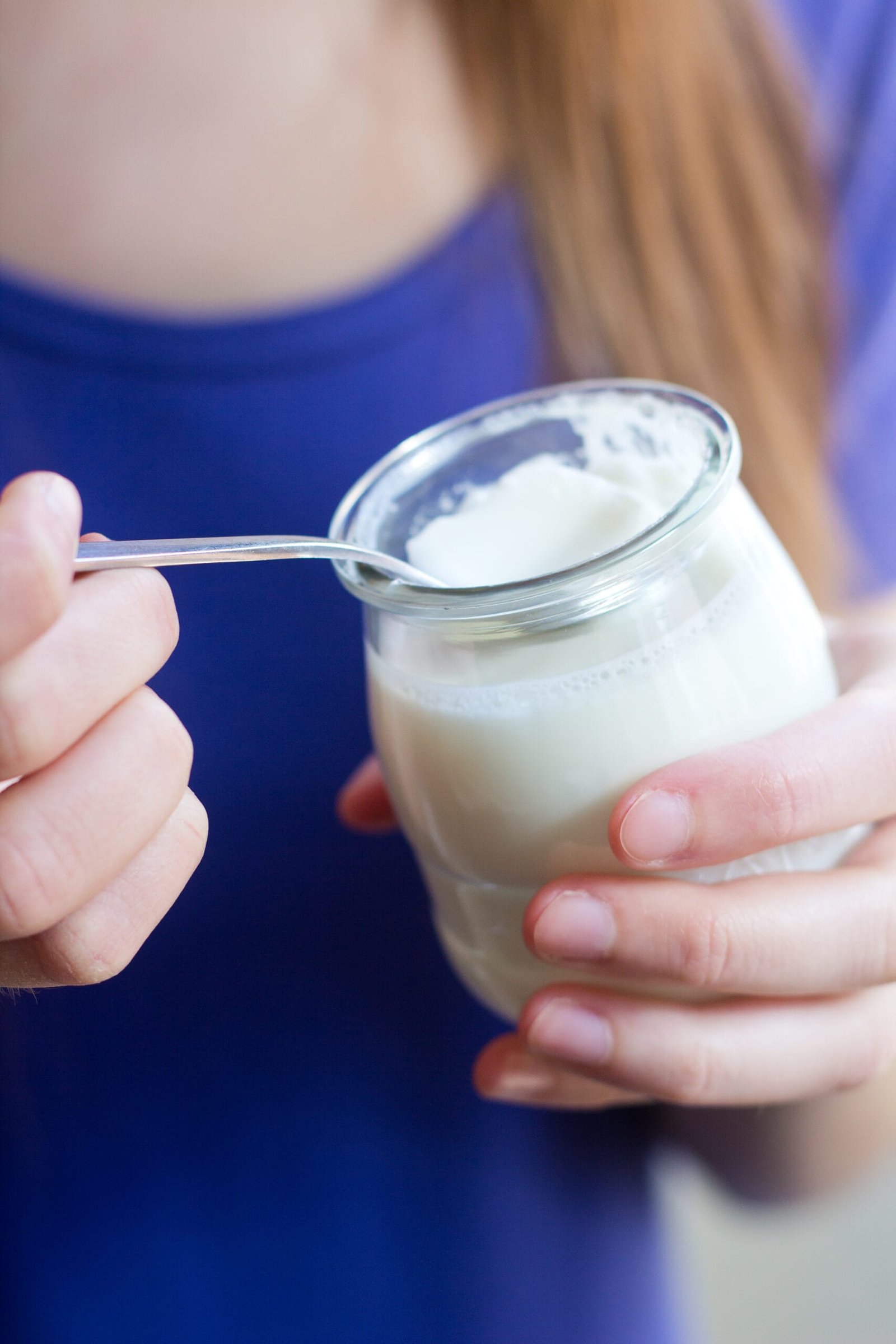
By visiting our site, you agree to our privacy policy regarding cookies, tracking statistics, etc.

By Dr Herna de Wit, PhD
With the supplement shelves overflowing with probiotics claiming to do everything from “healing your gut” to “boosting your mood,” it’s easy to feel overwhelmed or sceptical.
And rightly so.
The truth is, not all probiotics are created equal. Many don’t even survive long enough to make it to your gut, let alone deliver the benefits promised on the label.
As a biochemist and science communicator, I approach probiotics with both scientific rigour and practical care. This isn’t about jumping on wellness trends. It’s about using microbes as precision tools for specific health goals.
Let’s start with the basics. Probiotics are living microorganisms that, when taken in the right amounts, offer health benefits primarily by supporting your gut microbiome.
But here’s where most products fall short:
They list broad species like Lactobacillus or Bifidobacterium without naming the strain. And that’s a big problem.
Think of it this way: not all Lactobacillus bacteria behave the same, just like not all dogs are golden retrievers. It’s the strain (e.g., Lactobacillus rhamnosus GG) that determines what the probiotic does in your body.
If the strain isn’t clearly listed and backed by clinical research, we simply don’t know if it works, or for what.
Personally, I prioritise two strains that are among the most studied and well-documented in the world:
These have been shown to support a wide range of benefits, including:
In one clinical study, students taking these strains experienced improved quality of life during periods of upper respiratory infections: a testament to the gut–immune–brain connection we now understand more deeply than ever.
Buying a probiotic should be more than picking the prettiest label or the one with the longest list of bacteria. Here’s my personal checklist:
Here’s where things get even more important:
Your ideal probiotic depends on your current health, lifestyle, and even geography.
Someone recovering from antibiotics may need different support than someone navigating IBS, pregnancy, menopause, or chronic stress. Similarly, women may benefit from strains tailored to vaginal health, mood stability, or immune modulation, depending on life stage and environment.
That’s why I view probiotics not as daily staples for everyone, but as targeted tools, part of a personalised wellness approach, not a blanket solution.
Supplements can be powerful, but they work best when paired with a gut-friendly lifestyle. That includes:
Think of probiotics as the cherry on top: they can tip the balance, but they can’t replace a nourishing base.
How to Choose a Probiotic That Benefits Your Health
Whether you’re supporting digestion, mood, immunity, or all three, the right probiotic can offer real, measurable benefits. But only if you choose wisely.
So the next time you’re tempted to grab a trendy blend off the shelf, pause for a moment.
Check the strain.
Read the research.
And ask yourself: What do I actually need this probiotic to do?
That’s the start of a smarter, more empowered wellness journey rooted in science, not hype.